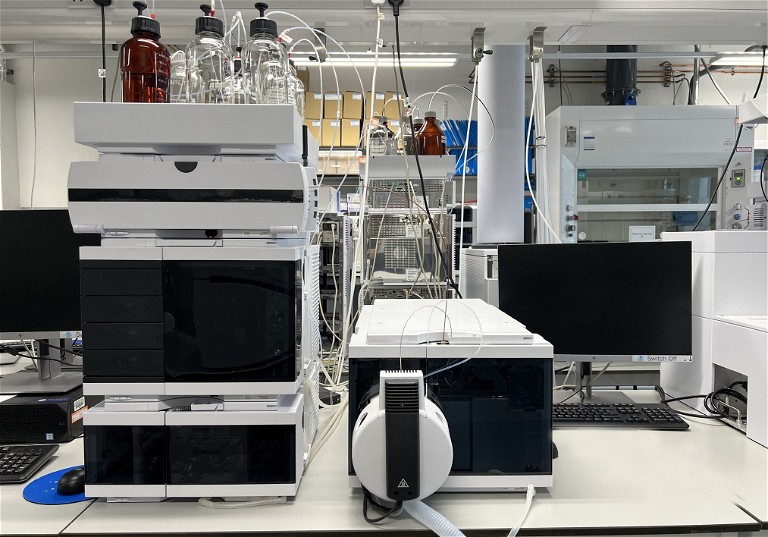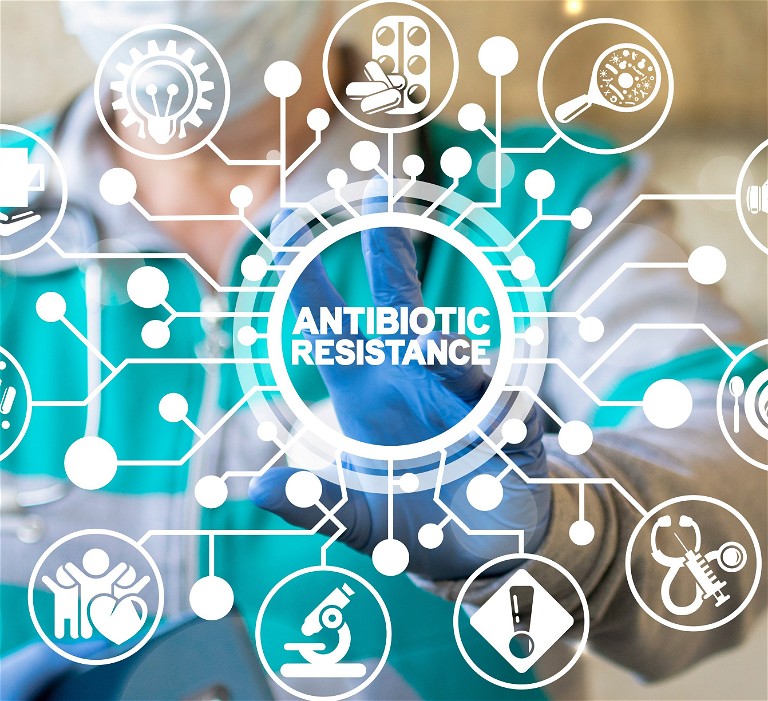Discovery & Development: Novel Biosensors
Novel biosensors for enhanced antimicrobial delivery efficiency
The World Health Organization (WHO) has recognised the scarcity of new antimicrobial agents in the clinical pipeline. The prevailing approach to combatting antimicrobial resistance cannot solely rely on developing new drugs. Instead, we must seek ways to better understand and more efficiently use the drugs already at our disposal
Alaa Riezk at CAMO
Antimicrobial resistance (AMR) has emerged as one of the most pressing global public health threats. This grave concern is a direct consequence of the overuse and misuse of antimicrobial drugs, which has led to bacteria, fungi and other pathogens evolving in ways that render these medications ineffective. The ramifications are significant, encompassing a variety of infections and diseases, such as pneumonia, tuberculosis, gonorrhoea and salmonellosis, as the efficacy of antibiotics to treat them decreases. The multifaceted consequences of AMR are far-reaching − longer hospital stays, increased medical costs and elevated mortality rates are among the immediate impacts. In 2019 alone, bacterial antimicrobial resistance was associated with nearly 5 million deaths worldwide, underscoring the urgency of addressing this crisis.
Optimising existing antimicrobial agents
Optimising the utilisation of the current finite pool of antimicrobial agents is imperative to maximise therapeutic success, limit the risk of drug toxicity and mitigate the emergence of resistance. Additionally, among the key issues contributing to this problem is the overprescription of antimicrobial drugs and inefficient dosing practices.
Typically, patients are treated using a one-size-fits-all approach that does not account for wide variations in how different individuals process drugs. Neither does it adjust based on a patient's clinical profile at the time of use. For instance, factors such as age, race, weight, gender and the specific clinical context (eg, sepsis, recent surgery or burn injuries) can significantly influence the appropriate level of antimicrobial dosing. Therapeutic drug monitoring (TDM) can help tailor antimicrobial doses to individual patients’ needs, but it is not widely practised. TDM serves a dual purpose: it optimises the effectiveness of antimicrobial therapy while also minimising the potential for the development of antimicrobial resistance and its rate of toxicity. However, current monitoring approaches typically involve the collection of blood samples from patients, which are then sent to a laboratory for analysis. This process entails logistical challenges, adds to the financial burden of healthcare and introduces delays in treatment adjustment.
Innovations in antimicrobial optimisation
Addressing these challenges requires a multidisciplinary approach that merges scientific innovation, medical practice and technology. The ultimate goal is to personalise treatments for individual patients, accounting for variations at the microbial, infection and patient levels. In essence, precision prescribing forms the foundation of their efforts, with the potential to reduce the use of more expensive drugs, shorten the duration of therapy and slow down the development of antimicrobial resistance. Conventional antimicrobial prescription practices typically involve fixed quantities, with dosing regimens determined by data from the general population. This approach largely disregards the significant variability in antimicrobial pharmacokinetics (how the drug is processed within the body) and pharmacodynamics (how the individual responds to the treatment). In reality, dosing is a dynamic process that can fluctuate based on a myriad of factors, such as the patient's age, race, weight, gender and clinical context.
One way in which this challenge is being addressed is through the development of point-of-care devices designed for minimally invasive, real-time monitoring of antimicrobial concentrations. These innovative devices hold the potential to overcome the constraints of existing monitoring methods, significantly improving the precision of dosing interventions.

Learnings from diabetes care and the global impact of sensor technology
The inspiration for this approach can be found in other areas of medicine, such as diabetes care. In the field of diabetes, inexpensive, portable and highly sensitive biosensors are already in use to check blood sugar levels in real time. These systems often incorporate closed-loop technology, enabling personalised dosing and insulin delivery. The replication of its success aims to spare patients from the inconvenience of frequent blood draws and repeated needle insertions. This idea led to the development of a wearable microneedle sensor that provides real-time measurements of antimicrobial concentrations, allowing for individualised patient dosing. These specialised microneedles feature a coating of antibiotic resistance enzymes, strategically designed to dismantle the beta-lactam ring, thereby releasing protons. The sensor is applied to the patient's forearm with firm pressure for 60 seconds and secured in place with a transparent medical dressing. This sensor, connected to a potentiostat – an analytical instrument that can control the potential of a working electrode to within certain limits during coulometric (electrochemical reaction) titrations through automation – painlessly detects changes in pH as voltage fluctuations, thereby enabling the continuous monitoring of drug concentrations without the need for blood samples.
Technological advances, such as the microneedle sensor, hold the exciting potential to transform existing infection management pathways. These innovations offer integrated technological solutions that can support infection management from diagnosis to treatment.
Importantly, these advances are not limited to human patients alone; they also have applications in animal husbandry and environmental monitoring.
In animal husbandry and the production of animal-derived foods, biosensors like this can be used to screen for antibiotic residues, contributing to more responsible and targeted antibiotic use. Additionally, these biosensors can be employed to measure the prevalence of antibiotics in municipal wastewater and surface waters, an essential step in understanding and mitigating the development of antibiotic-resistant bacteria in the environment.
Ongoing research and complementary strategies in AMR mitigation
In the effort to combat the overuse of antibiotics, these biosensor initiatives are complemented by other strategies. For instance, C-reactive protein tests and procalcitonin point-of-care testing provide clinicians with tools to distinguish bacterial infections from other inflammatory disorders.

These tests help identify patients who stand to benefit the most from antibiotic treatment, thus reducing unnecessary use. Having successfully demonstrated the potential of microneedle sensors in monitoring various penicillins, the biosensor technology is now being expanded to encompass other classes of antibiotics, such as vancomycin, meropenem and cefiderocol.
The ultimate goal: safeguarding antibiotic efficacy
At the core of these endeavours is the ultimate goal of generating and disseminating knowledge that will preserve and sustain the efficacy of antibiotics. This goal is essential to ensure that patients can continue to benefit from these life-saving medicines well into the future. The threat of antimicrobial resistance is a global crisis that requires innovative solutions and a concerted effort from researchers, healthcare providers, policymakers and the broader community. These advancements promise not only to improve individual patient care but also to contribute to the broader efforts to combat the growing challenges of antibiotic resistance in human and animal health, as well as in environmental sustainability.

Alaa Riezk joined Imperial College London as a postdoctoral researcher in the Centre for Antimicrobial Optimisation (CAMO) where he has been involved in several antimicrobial optimisation projects, including the establishment of in-house testing of various selected antimicrobial agents to support the development of novel biosensors for antimicrobial optimisation. Alaa is currently working on the development and clinical testing of the microneedle biosensor project, incorporating closed-loop control of penicillin delivery.